Who we work with | Guardian
Redefining mission success with the Department of Defense
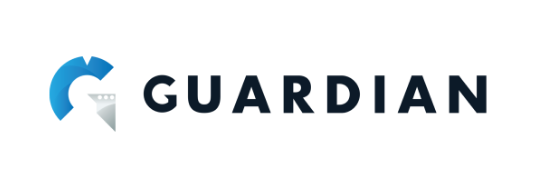
Overview
Warfighters and Remotely Piloted Aircraft pilots need the ability to communicate and process data quickly. Collaboration among pilots and mission managers greatly increases mission success.
The Department of Defense came to Aviture with the need to consolidate multiple data platforms and provide real-time decision support for their drone mission management. By taking a commercial product approach to development and forging a deep connection to the military personnel overseeing the project, Aviture designed a production-ready MVP with expanded uses.
The new interface greatly improved the old technology’s shortcomings and created entirely new possibilities. The reimagined software provided security for the Boston Marathon and was used for rescue missions during the California Wildfires and Hurricane Harvey.
The challenge
Create a decision support application that allows Remotely Piloted Aircraft (RPA) pilots to collaborate and share data in real time for a higher mission success rate.
The solution
Consolidate multiple data platforms and use commercial product development strategies to create an intuitive and responsive interface.
The outcome
Higher success rate for missions abroad, expanded RPA uses, and countless lives protected and saved in the U.S.

The great thing about Guardian is you don’t have to be in the same room or even the same building with users to see the same thing they see. And that’s been the biggest limitation we’ve seen from other platforms out there.


Major “Streak” Travis
147th Attack Wing,
Chief of Standards and Evaluations
Core capabilities demonstrated

CONSULTING
& ASSESSMENT
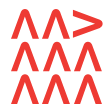
CUSTOM
DEVELOPMENT
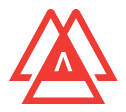
USER
ENGAGEMENT

SYSTEM
INTEGRATION

SMART
TECHNOLOGY
& IoT
The challenge
When the Department of Defense came to Aviture, their RPA pilot application consisted of multiple tables of data and a complex user interface. This burdened pilots and mission managers who needed a way to communicate and process data quickly in order to make high-stakes decisions. However, agile innovation and procedural change in the government sector can be difficult with a high level of security and a long list of boxes to check.
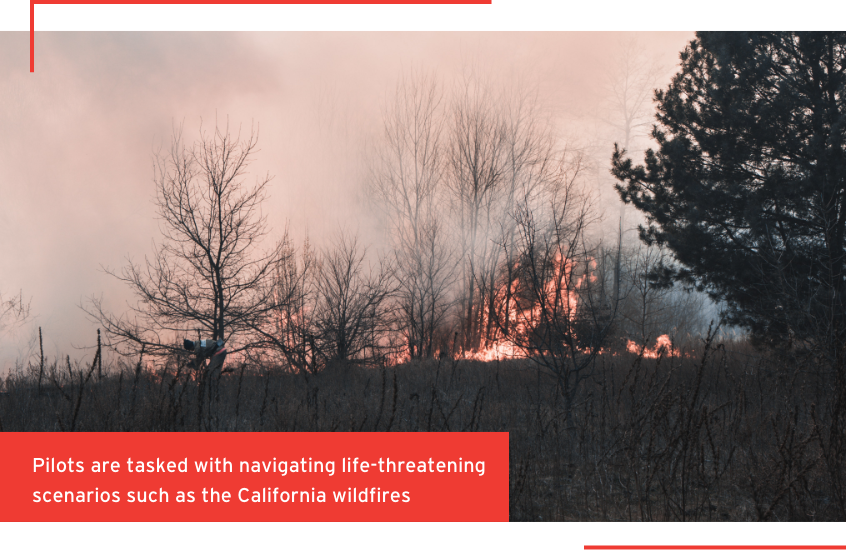
The solution
Many engineers on Aviture’s team have a military background, making the company uniquely suited to empathize with and help the Department of Defense. Listening to the client’s vision for an ideal solution led the Aviture team to a deeper understanding of the problems that needed solving. The client was working with several different systems which, if integrated and made user-friendly, could greatly improve mission success and even create new opportunities.
Developing this technology required a focus on the end user and a commercial product mindset. To this end, Aviture hired an RPA Intelligence Analyst who had been using the software in her position with the Air Force; as part of the Guardian development team, she tested prototypes and offered feedback to help guide the product roadmap. During this process, the development team realized most users, young Air Force Airmen, had grown up with incredibly intuitive technologies and smart devices. If Aviture were to develop a product with modern characteristics and usability, the solution would be innovative within the DoD and go above and beyond the upfront project requirements.
Over the past seven years, the Aviture team has been able to create the ideal solution for users by integrating with over 20 various government systems and sources. User experience engineers were able to evaluate the nuances of the RPA pilots’ environment during system use, which translated into an interface that brought forward critical information as needed. Aviture combined a web browser-based user experience with a modern, open architecture design to provide the necessary situational awareness data to the user in a timely and secure manner that encapsulated their workflows.
The outcome
Recently named “Guardian,” the resulting software is a near-real time, geospatial application that displays data from multiple streaming sources. The application even allows users to create an operational picture that can be used as a singular display for planning, operations, and intelligence information.
The Guardian solution has received the United States Geospatial Intelligence Foundation (USGIF) Military Achievement Award twice (2015, 2019). The application was selected by Air Combat Command to become the visualization framework for the Open Architecture Distribute Common Ground System (OADCGS) product suite in 2019. It is currently deployed into three classified military and intelligence networks.
In addition, Guardian has created new uses and possibilities for RPA pilots. The application has been used in rescue efforts for Hurricane Harvey and the California wildfires and to provide security for the Boston Marathon and the Super Bowl.
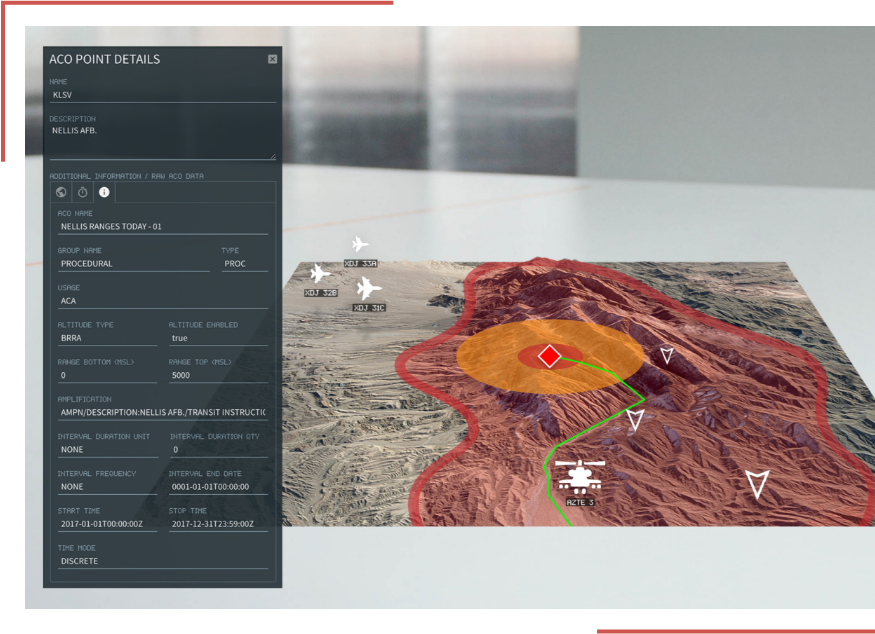
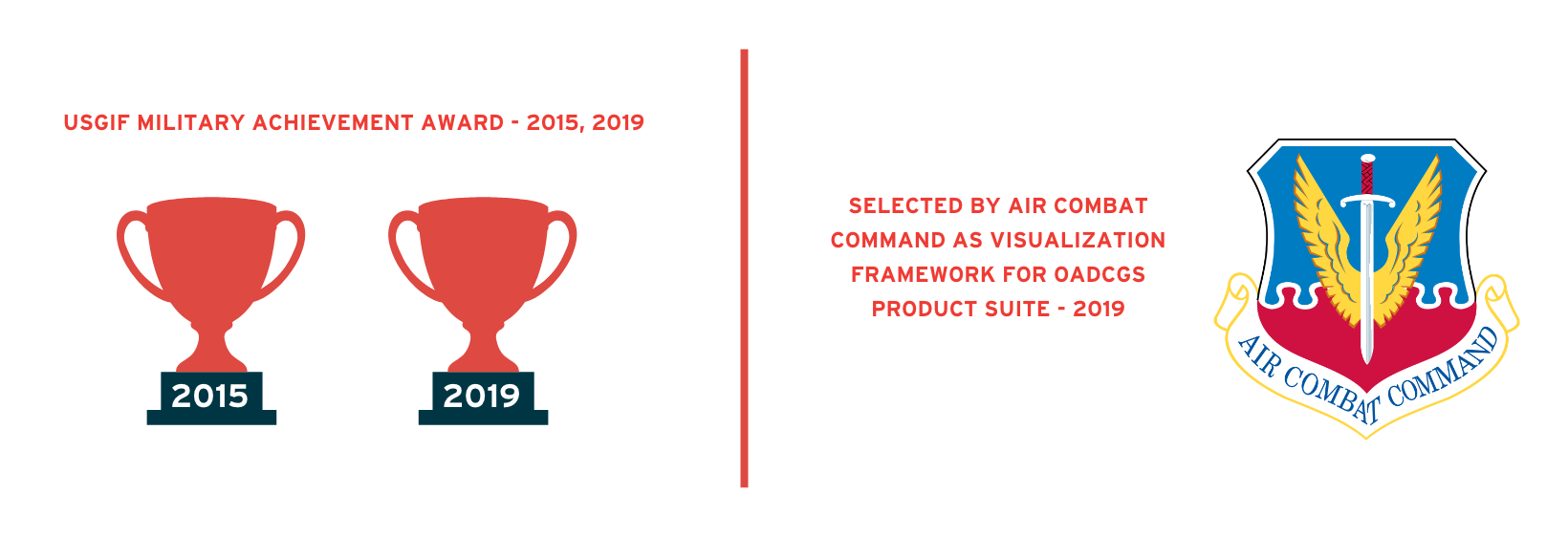
Ready to uncover solutions that transform your organization?
It’s never too late to build a culture of innovation. First, let’s discuss your vision, then map the journey to get there.

